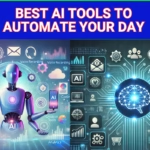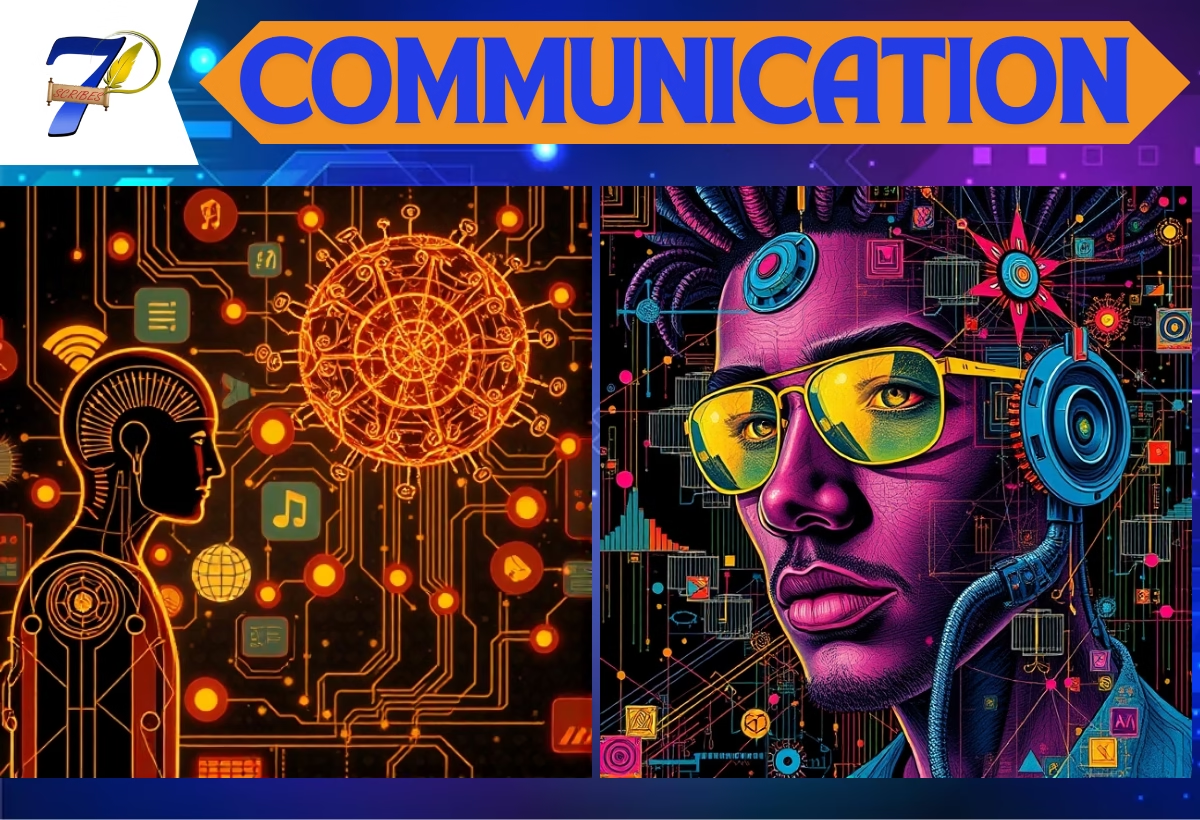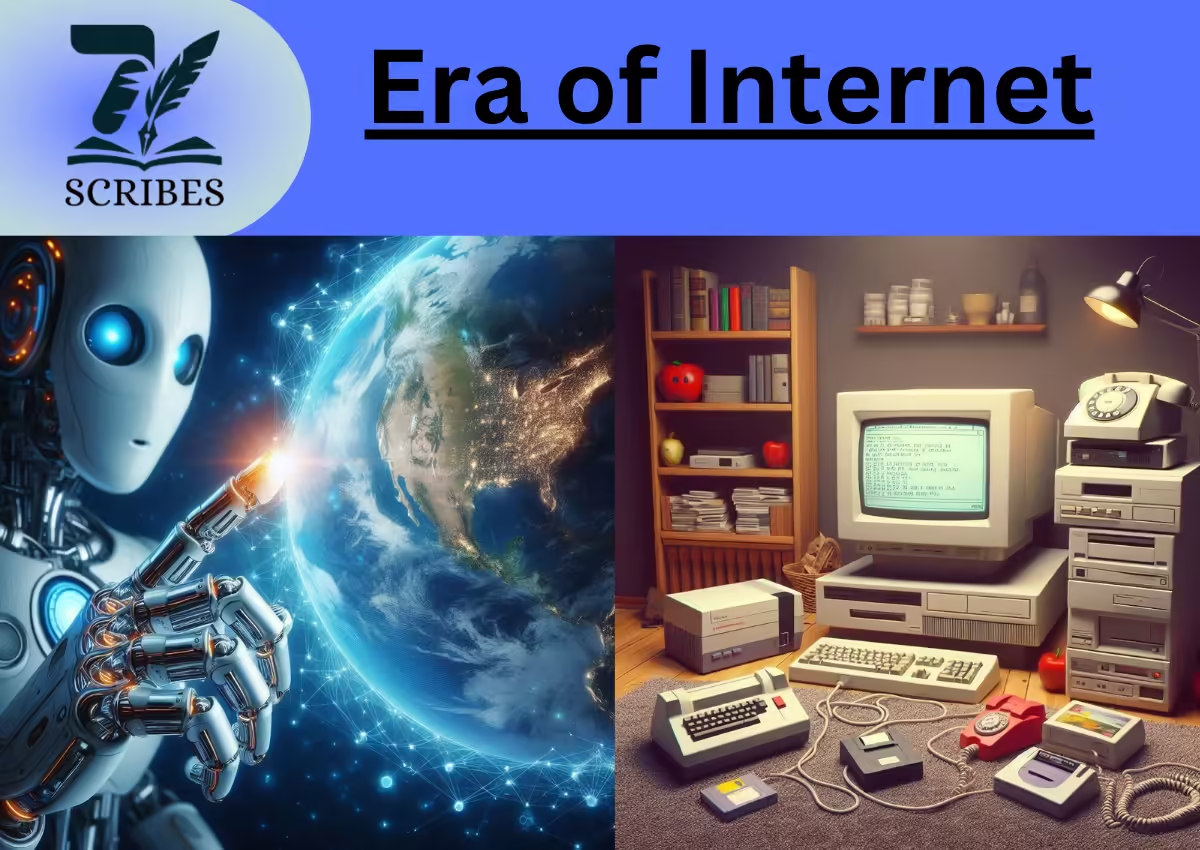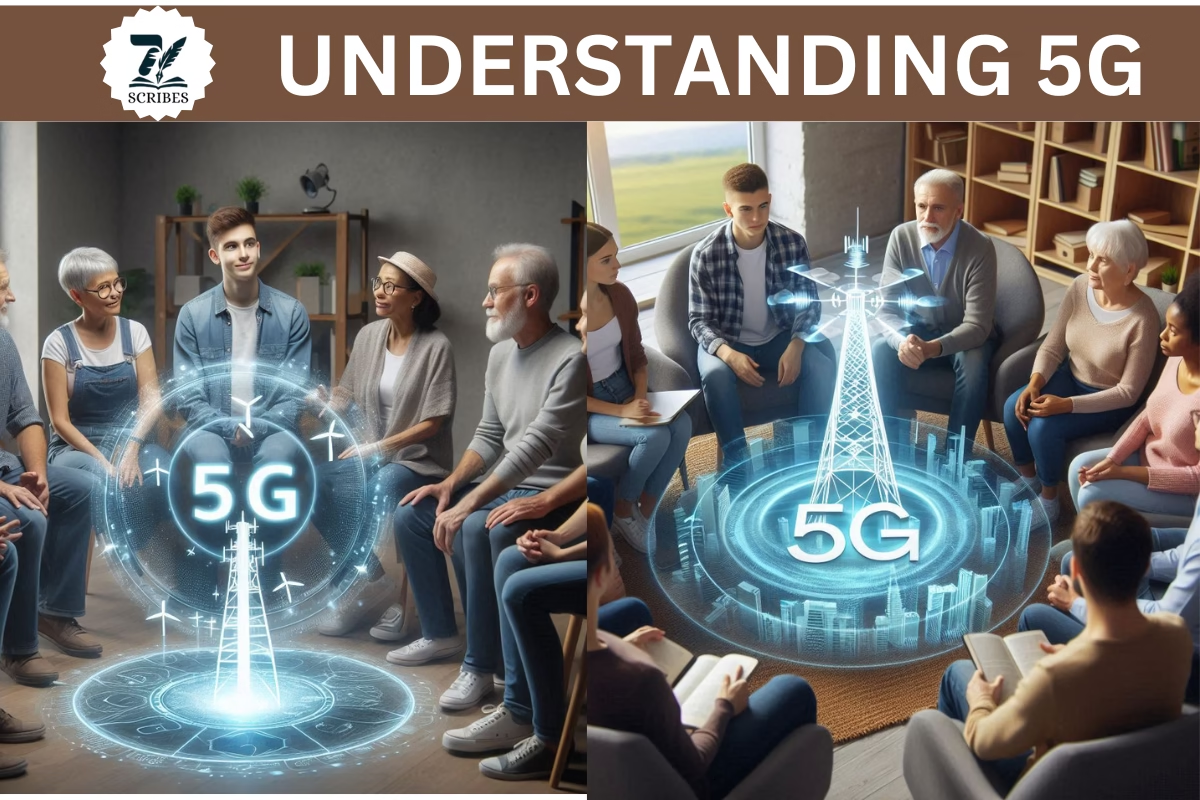The Internet of Things refers to the devices that are enabled with embedded sensors, software, and connectivity that allow them to collect and exchange data to and from the Internet. For instance, the Internet of Things includes home devices, portable health trackers, and sensors used in and by the industrial sector. The Internet of Things changes the way we interact with each other as well as things around us. It has become an essential part of today’s life because, due to this, thousands of works have become possible, fast, and easy. In this article, we will dive into the evolution of the Internet of Things, and we will try to find the root of the Internet of Things’ future. In this article, we will discuss The Evolution of the Internet of Things.
Evolution of the Internet of Things
The root of IoT evolution can be traced back to the early 20th century. The idea of connected devices originated from the invention of RFID (radio frequency identification technology) (Wikipedia) in the 1940s. This technology is capable of devices communicating wirelessly using radio waves. From here, start the journey of the Internet of Things. During the 1960s and 1970s, researchers began to conduct experiments with connected devices in industrial areas. As we discussed in our previous articles about how the Internet evolved, the Internet of Things is also part of that research, for instance, the early military systems that communicate over long distances.
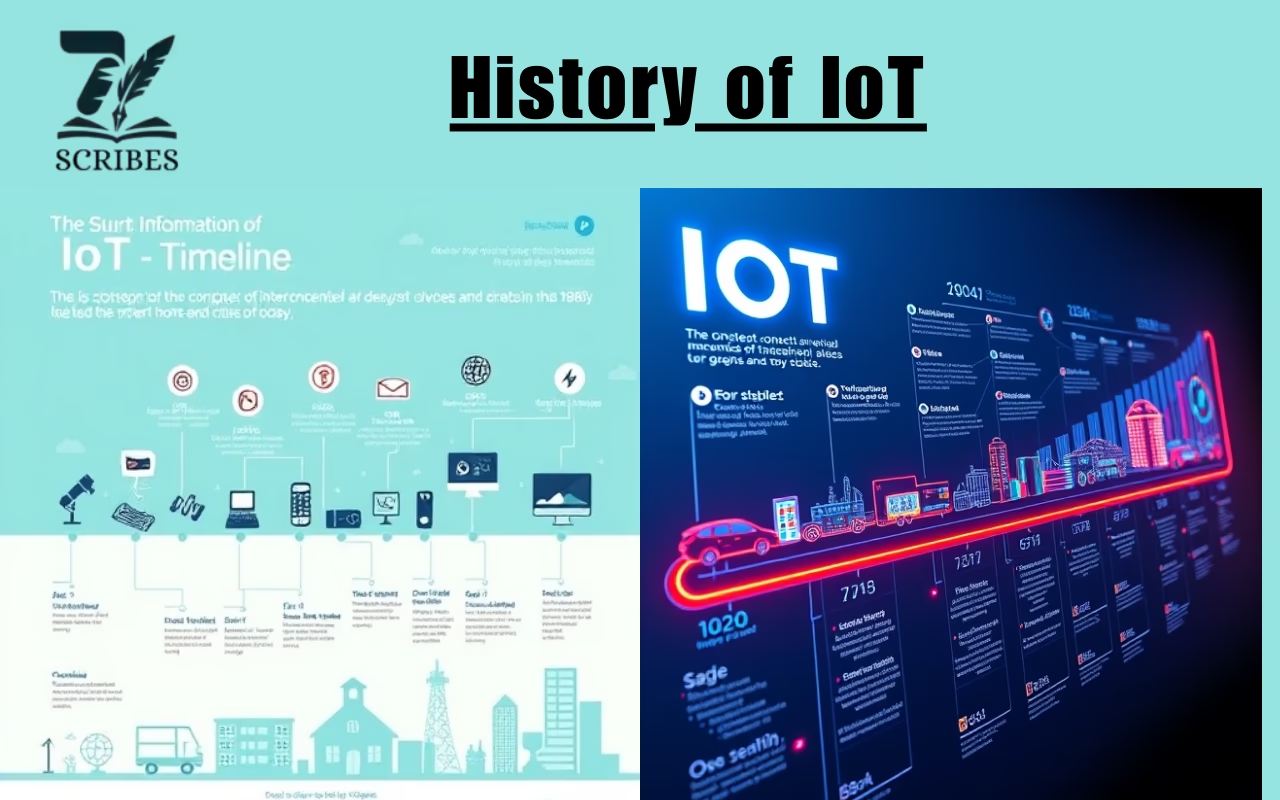
The Birth of the Term “Internet of Things”
In 1999, a British technology pioneer, Kevin Ashton [More], used the term “Internet of Things.”. While working at Procter & Gamble, he proposed RFID, which tracks products through a supply chain, allowing real-time inventory management. In his proposal, he refers to this concept as the Internet of Things, shedding light on the importance of integrating physical objects into the digital world.
The Early 2000s:
The critical period for IOT development can be marked in the 2000s. In the 2000s, advancements in wireless communication, sensor technology, and modern computing opened the door for real implementation of IoT applications. The major milestones include:
1. IPv4 Development:
IPv4 is the fourth version of the internet protocol and the foundation of most internet communications. It uses a 32-bit addressing system, allowing for approximately 4.3 billion unique IP addresses.
2. IPv6 Technology
IPv6 is a more advanced form of IPv4 and supports more unique IP addresses. But today usually IPv4 is used. Which makes a large number of devices to develop feasible.
3. Cloud Computing:
Cloud computing is one of the leading uses of technology. It allows individuals and organizations to store large amounts of data on the server and can be accessed remotely over the Internet.
4. Zigbee:
Wireless communication standards like Zigbee and Bluetooth became popular during this time, offering low-power, short-range connectivity for IoT devices.
Frequently Asked Questions (FAQs) on the Internet of Things (IoT)
1. What is the Internet of Things (IoT)?
The Internet of Things (IoT) refers to devices embedded with sensors, software, and connectivity that enable them to collect, exchange, and act on data over the Internet. Examples include smart home devices, wearable health trackers, and industrial sensors.
2. When was the term “Internet of Things” coined?
The term “Internet of Things” was coined in 1999 by Kevin Ashton, a British technology pioneer, during his work on RFID systems for supply chain management.
3. What are the key components of IoT?
The main components of IoT include:
- Sensors: To collect data from the environment.
- Connectivity: To transmit data to and from devices via networks like Wi-Fi, Bluetooth, or Zigbee.
- Data Processing: Performed locally (edge computing) or in the cloud.
- User Interface: To monitor and control IoT devices.
4. How does IoT work?
IoT devices collect data using embedded sensors, transmit the data via a network to a central system or the cloud, process it, and then take actions or share insights with users or other devices.
5. What are some common applications of IoT?
IoT is used in various sectors, including:
- Smart Homes: Devices like thermostats, lighting, and security systems.
- Healthcare: remote patient monitors and fitness trackers.
- Industry: predictive maintenance and supply chain optimization.
- Transportation: connected vehicles and traffic management systems.
- Agriculture: smart irrigation and crop monitoring.
6. What role do IPv4 and IPv6 play in IoT?
- IPv4: The earlier version of the Internet Protocol with a limited address space of 4.3 billion addresses.
- IPv6: An advanced version with a virtually unlimited address space, essential for scaling IoT networks.
7. What is RFID, and how is it related to IoT?
RFID (Radio Frequency Identification) is a wireless technology that uses electromagnetic fields to identify and track objects. It’s a foundational technology for IoT, enabling early innovations like inventory management systems.
8. What is the significance of cloud computing in IoT?
Cloud computing provides scalable storage and processing capabilities for IoT, allowing devices to analyze and share vast amounts of data efficiently.
9. What are the benefits of IoT?
IoT offers numerous benefits, such as:
- Automation of routine tasks.
- Real-time data monitoring and decision-making.
- Increased efficiency in industries and homes.
- Improved quality of life through enhanced healthcare, safety, and convenience.
10. What are the challenges of IoT?
Key challenges include:
- Security and Privacy: Protecting devices from cyberattacks and ensuring data privacy.
- Interoperability: Ensuring seamless communication between devices from different manufacturers.
- Scalability: managing and maintaining large-scale IoT networks.
- Energy Consumption: Reducing power usage in battery-operated devices.
11. How does 5G enhance IoT?
5G technology provides faster data transfer, lower latency, and the ability to connect more devices simultaneously, making it a game-changer for IoT applications.
12. What are smart cities, and how is IoT involved?
Smart cities use IoT to enhance urban infrastructure and services, such as:
- Traffic management systems.
- Waste management solutions.
- Energy-efficient buildings.
- Public safety and surveillance systems.
13. What is the future of IoT?
The future of IoT includes advancements in AI, machine learning, edge computing, and 5G. IoT is expected to drive innovation in sustainability, automation, and global connectivity, reshaping industries and daily life.
Read More

